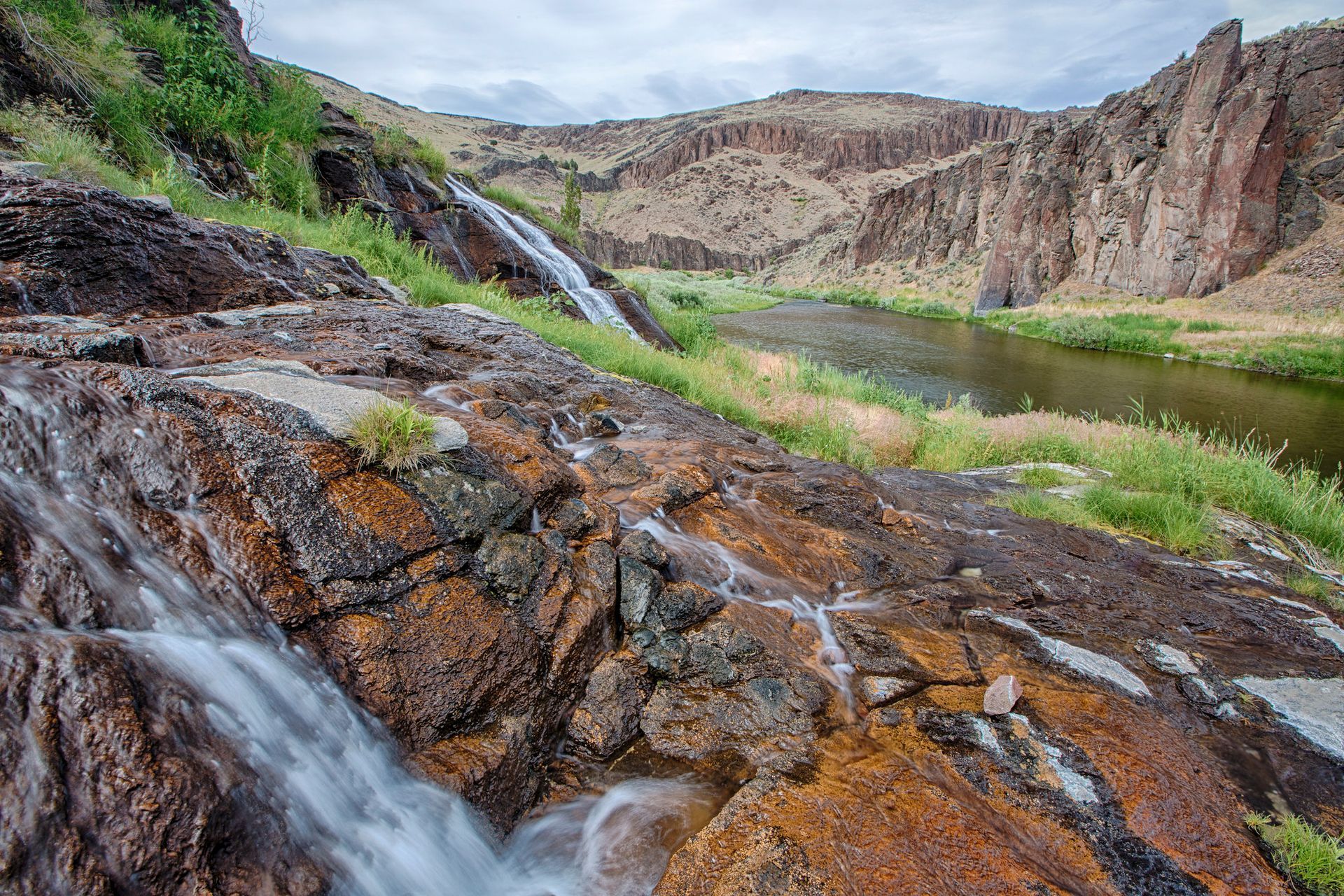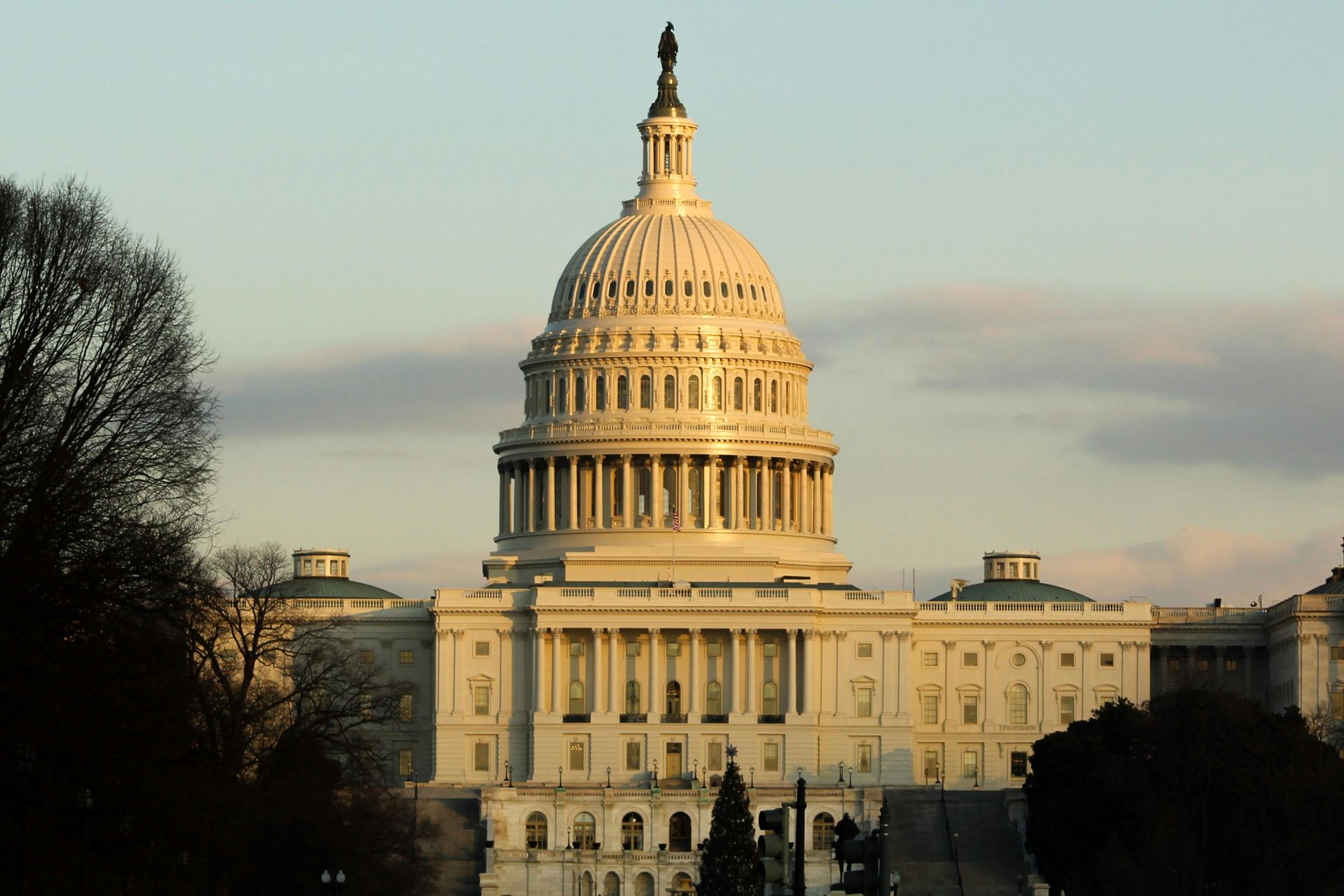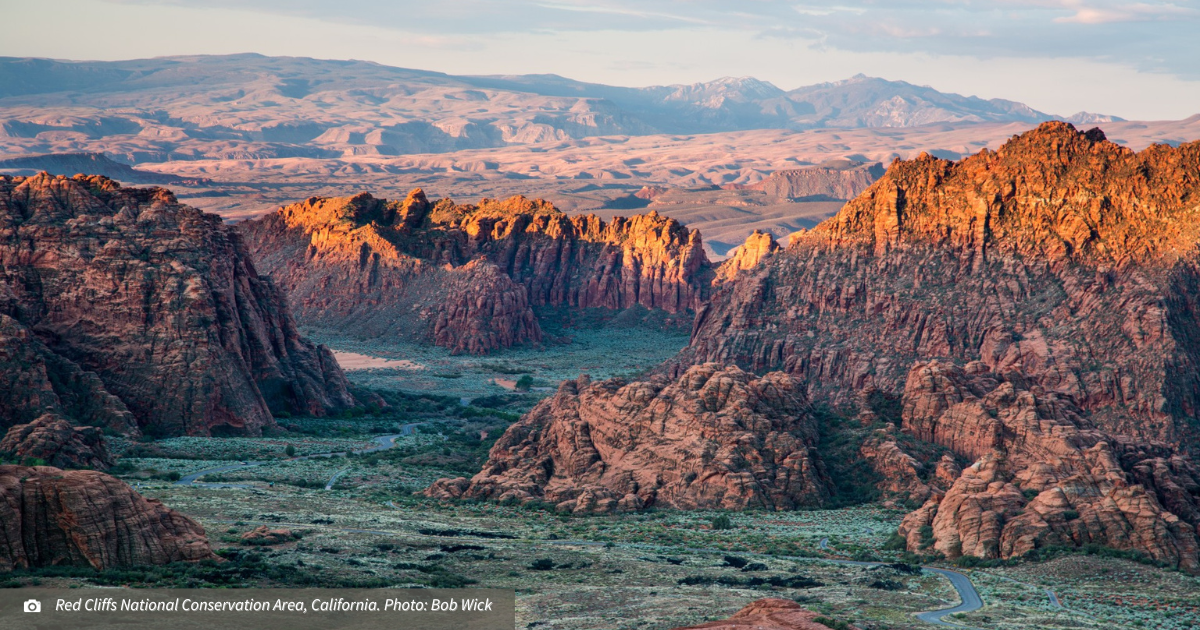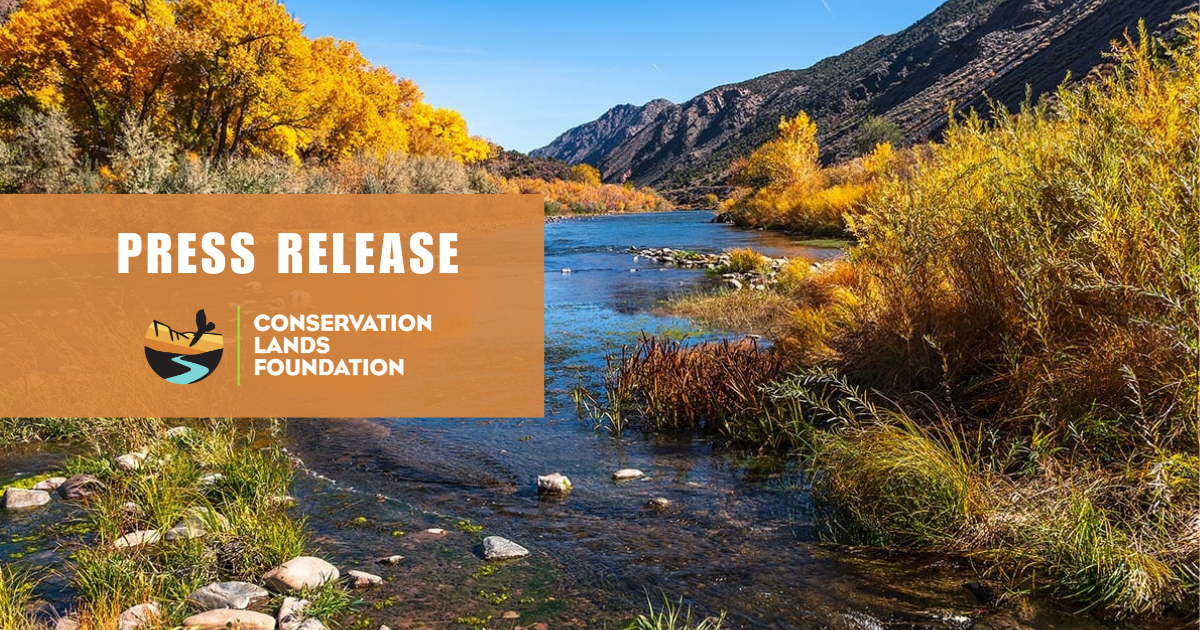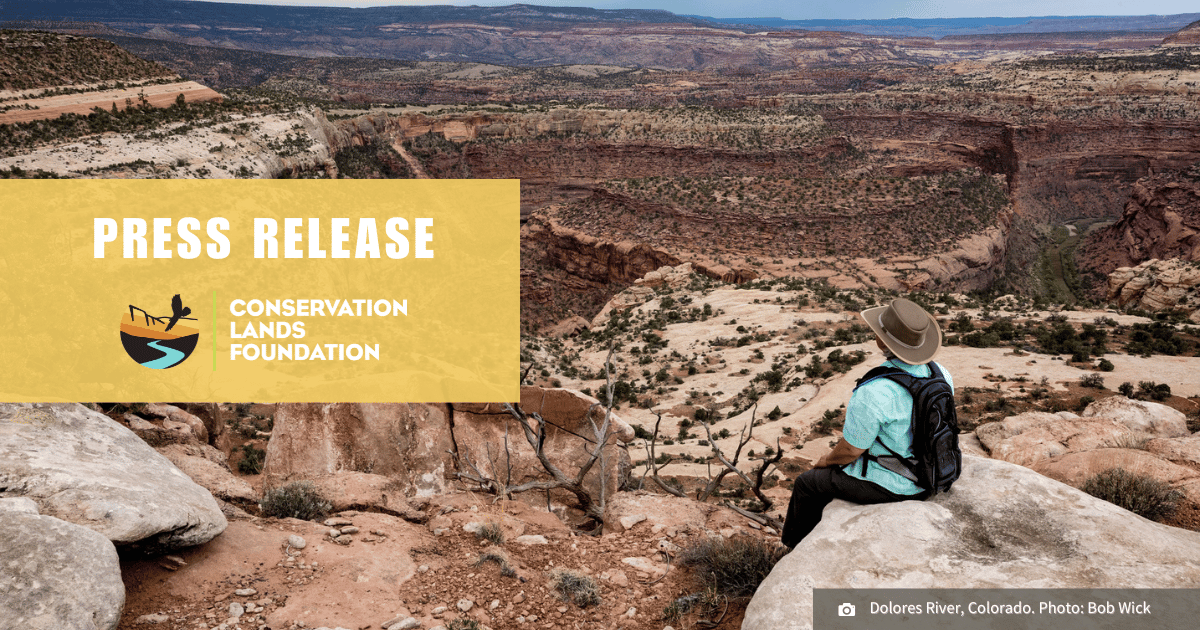Bureau of Land Management Releases Implementation Guidance for Public Lands Rule
The Bureau of Land Management (BLM) has taken a significant step forward in protecting public lands in the U.S. with the release of its implementation guidance for the Conservation and Landscape Health Rule, commonly known as the Public Lands Rule. This guidance, made available today, is designed to help BLM field managers begin implementing the Rule that officially went into effect on June 10, 2024.
The Public Lands Rule recognizes that conservation, access to nature, cultural resource protection, wildlife, and climate resilience must be on equal footing with energy extraction. The Rule aims to ensure that our public lands can continue to provide communities with clean air and water and access to recreational opportunities in addition to extractive uses.
The guidance consists of four instruction memoranda that provide details on restoration prioritization and planning, watershed condition assessments, land health standards, and restoration and mitigation leasing–all crucial components of the Rule. In addition, the BLM updated its manual to clarify policy on areas of critical environmental concern and to include policy on inventory and monitoring of ecological resources, both key tools to maintain critical resources on public lands. With the release of the implementation guidance, field managers across the country now have a roadmap to follow as they incorporate the Rule into land use planning and other management decisions. This guidance is crucial for translating the Rule's goals, tools, and metrics into tangible actions that will benefit our public lands and the communities that depend on them. The guidance was accompanied by an announcement of a new Federal Advisory Committee to assist the BLM in implementing the Rule.
The Conservation Lands Foundation is thrilled to see the publication of this guidance and advisory committee announcement, which marks a significant step toward realizing the full potential of the Public Lands Rule. With this guidance in hand, BLM will be able to more effectively balance uses on our public lands and steward the natural resources that are vital to our environment, economy, and way of life.
We look forward to working closely with the BLM and other stakeholders to ensure that the implementation of this Rule is effective and in collaboration with local communities, to create a more resilient and sustainable future for our public lands and the generations to come.
Policy and Implementation
The following Bureau of Land Management documents cover topics from land health assessments to restoration and mitigation leasing, as well as provide direction to BLM field personnel and inform the public on how the Rule will work in the field. As the Bureau of Land Management continues implementing the rule, the guidance may be updated to accommodate the BLM’s experience, new information or input from the public.
Information Bulletin 2024-035 | Implementation Guidance
Information Bulletin 2024-048 | Land Use Planning Requirements
Instruction Memo 2024-035 | Restoration Prioritization & Planning
Instruction Memo 2024-036 | Watershed Condition Assessment
Instruction Memo 2024-037 | Land Health Standards
Instruction Memo 2024-038 | Restoration & Mitigation Leasing
Manual Section-1735 | Inventory & Monitoring of Ecological Resources
Manual Section-1613 | Areas of Critical Environmental Concern
